Curating history
Meet the people who put the Dalnavert Museum together
Heritage museums exist to tell a story and to preserve local history. It is the job of museum curators to make that history accessible to everyone who visits.
Dalnavert is the restored 1895 home of Hugh John Macdonald, son of Canada's first prime minister, Sir John A. Macdonald. The home now functions as the Dalnavert Museum and Visitor Centre.
“Every once in a while, you come across something so fascinating, something that you could pass by every day and not realize what it is you're looking at, and that is what makes this job so interesting," Ines Bonacossa, collections registrar at Dalnavert Museum and Visitor Centre, says.
Bonacossa volunteered at the Winnipeg Art Gallery in collection management and as a tour guide. She got involved with Dalnavert as a tour guide in 2015 and has since become the collection registrar.
The Dalnavert Museum and Visitor Centre is located at 61 Carlton St. and is open during the day Wednesday to Sunday. Visit friendsofdalnavert.ca for more information.
Intern curator Michael Teichman assembles a list of artifacts, puts on disposable cotton gloves and pulls pieces from the museum and collection room for the exhibit he’s assembling.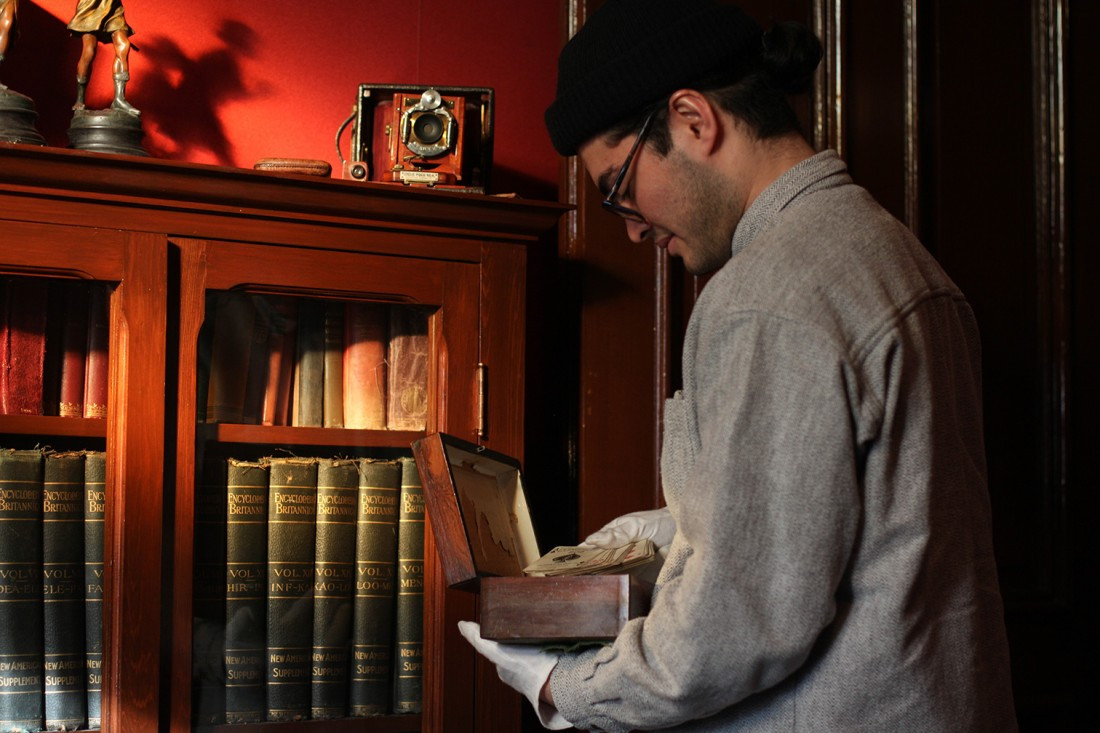
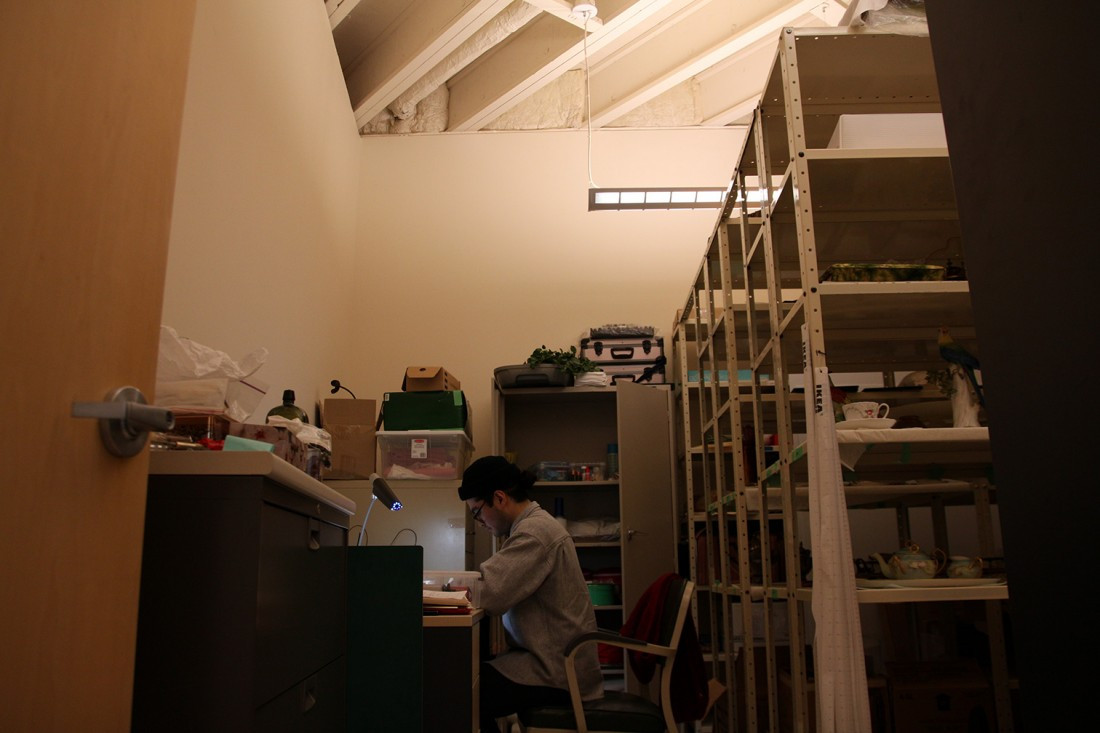
The Dalnavert collection is made up of pieces that were previously owned by the MacDonald family, as well as donated artifacts.
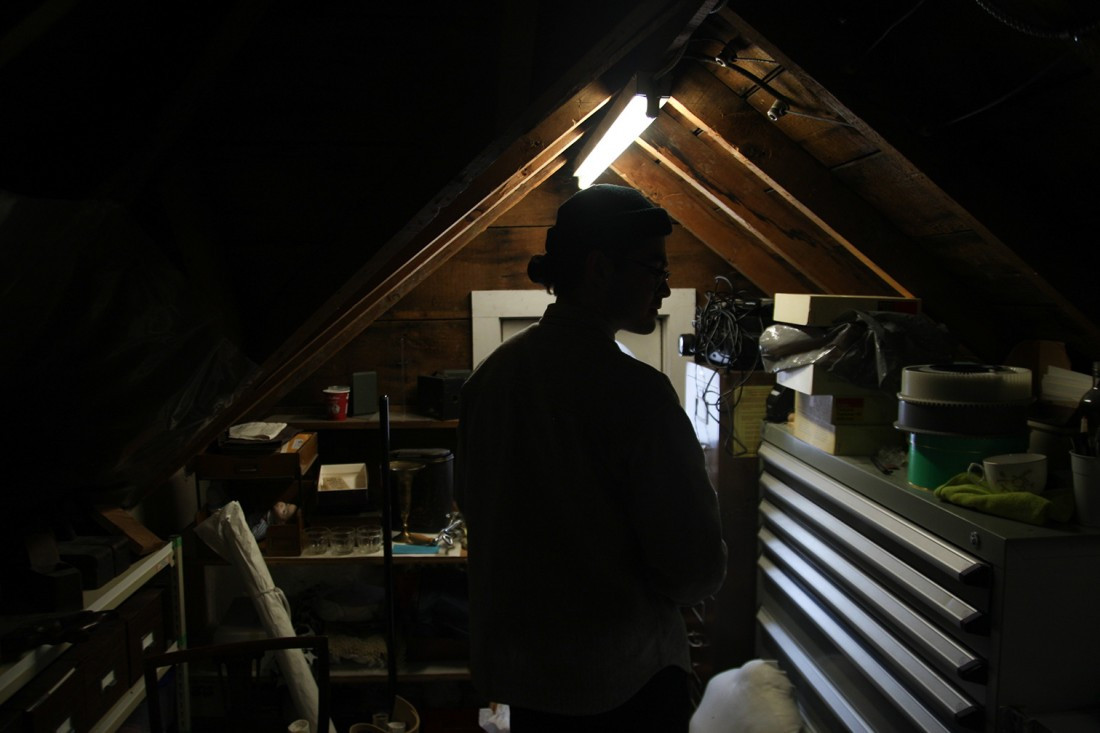
The artifacts that are not on display in the museum are stored in Dalnavert’s two collection rooms.
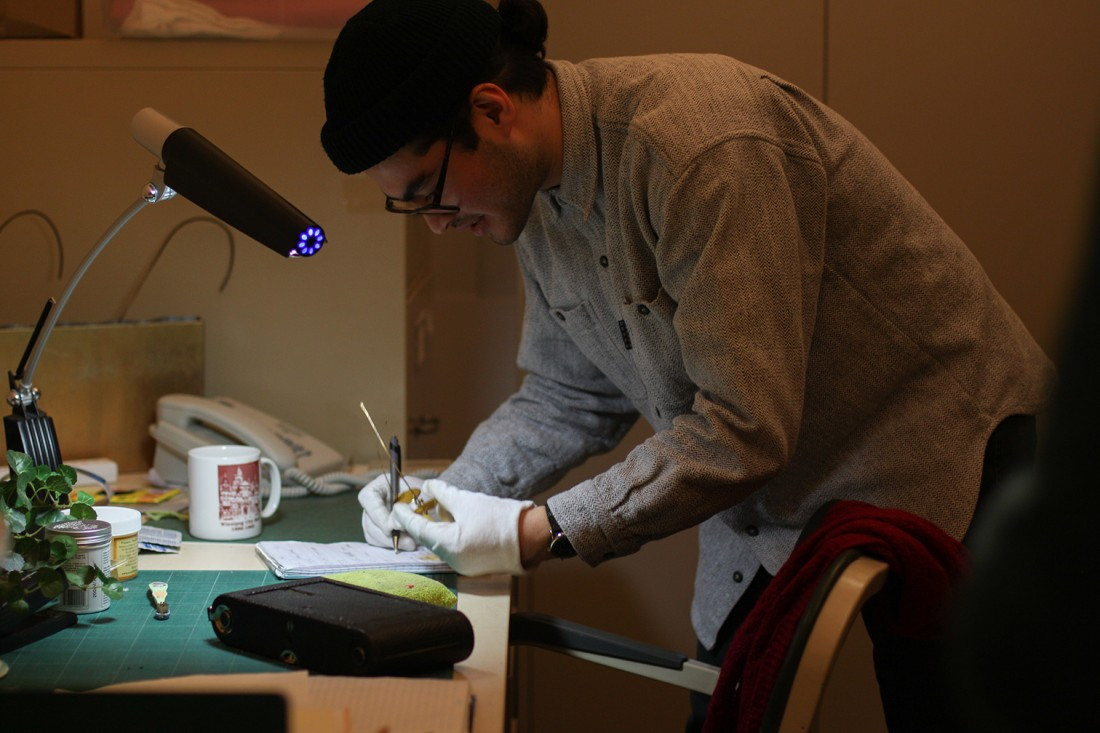
After pulling artifacts from the museum, Teichman reports on the condition of each one to ensure they are stable enough to display.
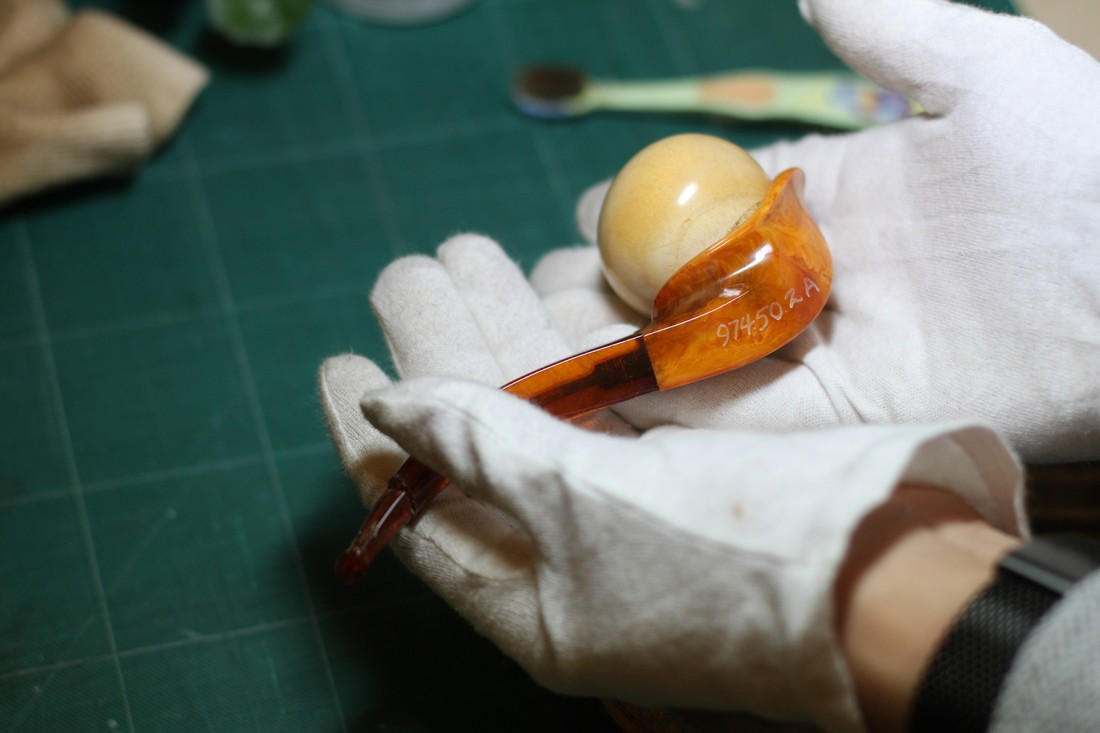
Each artifact in the collection is engraved with a catalogue number. All these numbers are recorded in the museum's database.
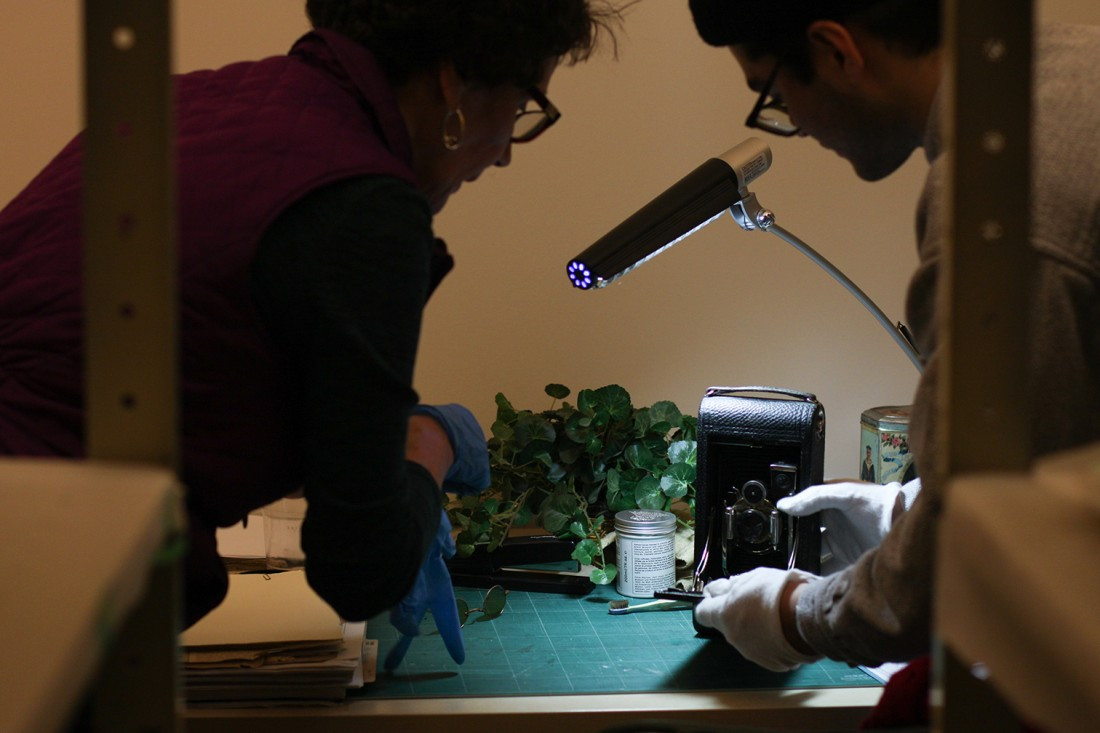
Assembling an exhibit is a collaborative effort between curators.
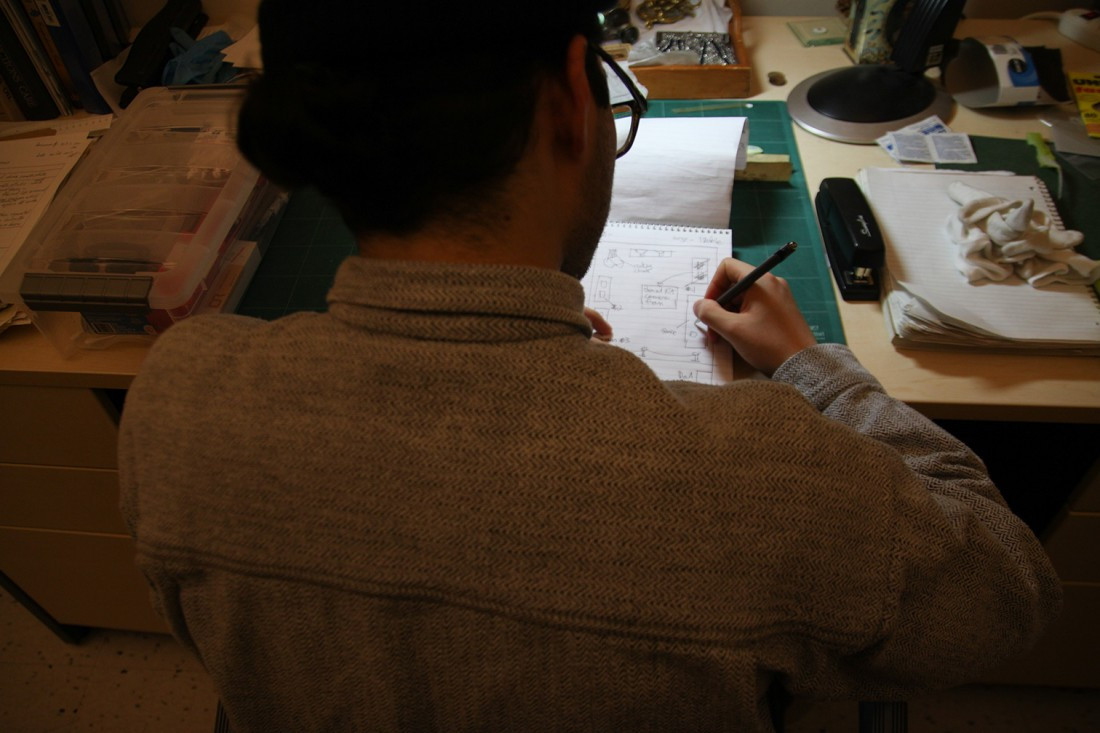
After pulling artifacts and clearing them for display, Teichman drafts a blueprint for the exhibit.
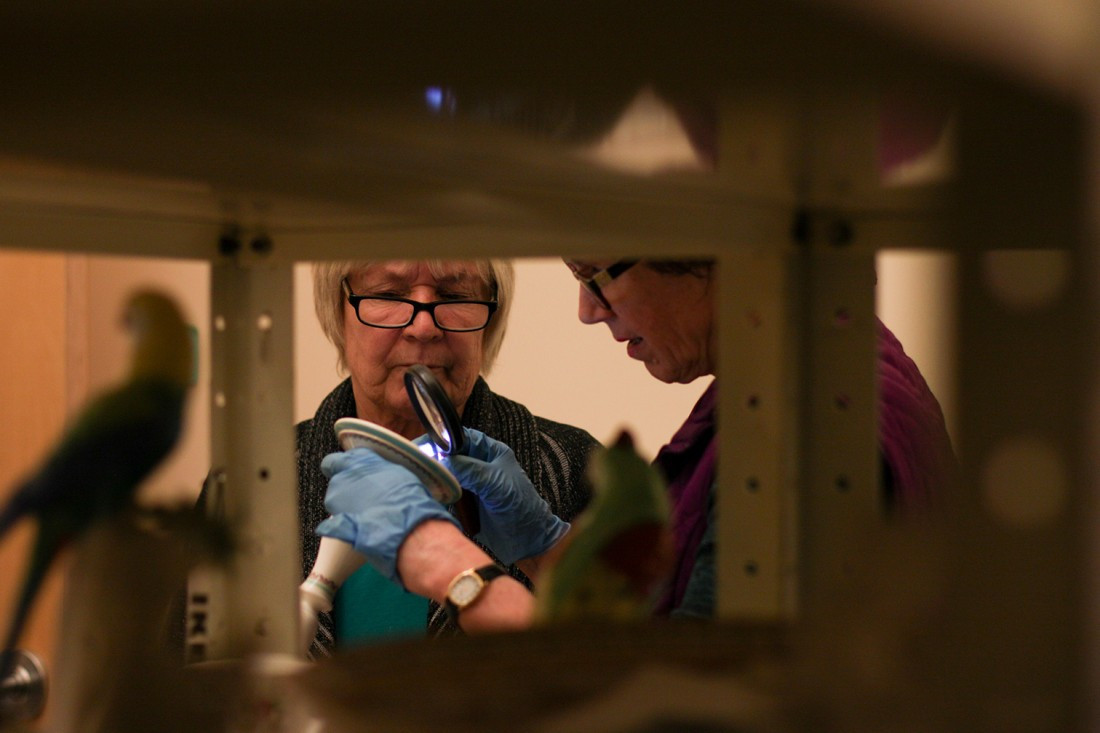
"I am extremely curious. If I see something I'm not familiar with, I will research it, so that I can learn the artifact’s significance,“ Bonacossa says.
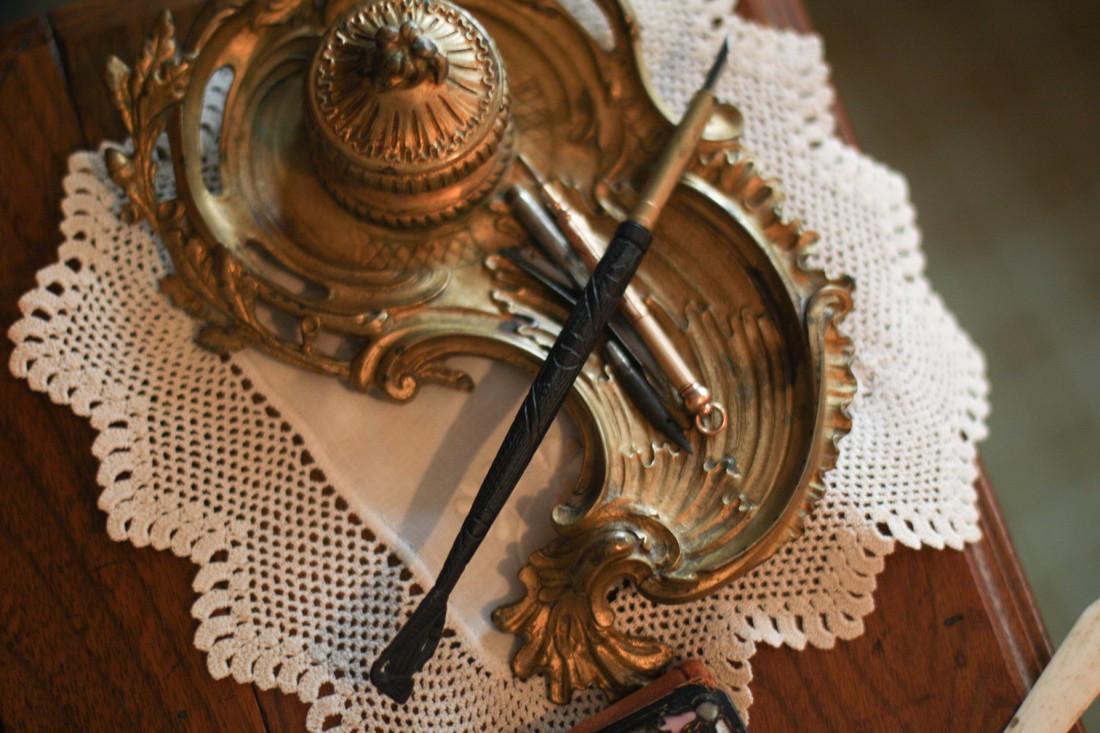
A piece that caught Bonacossa’s interest is the Stanhope pen. The Victorian-era invention of the Stanhope optical device is comprised of a small cylindrical lens, through which one can view a microphotograph. Inside this pen are sketches of Dublin, Ireland.
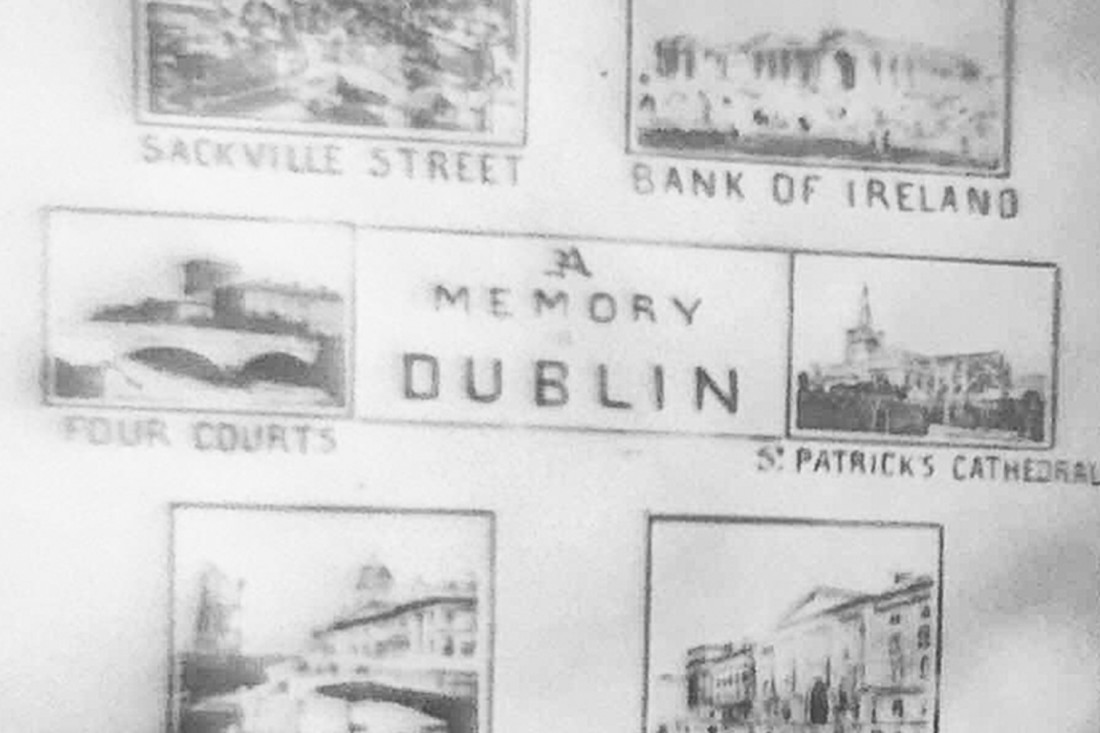
Looking through the 3 mm lens on the Stanhope pen, near-microscopic sketches of Dublin can be viewed.
Teichman lays out artifacts according to his blueprint.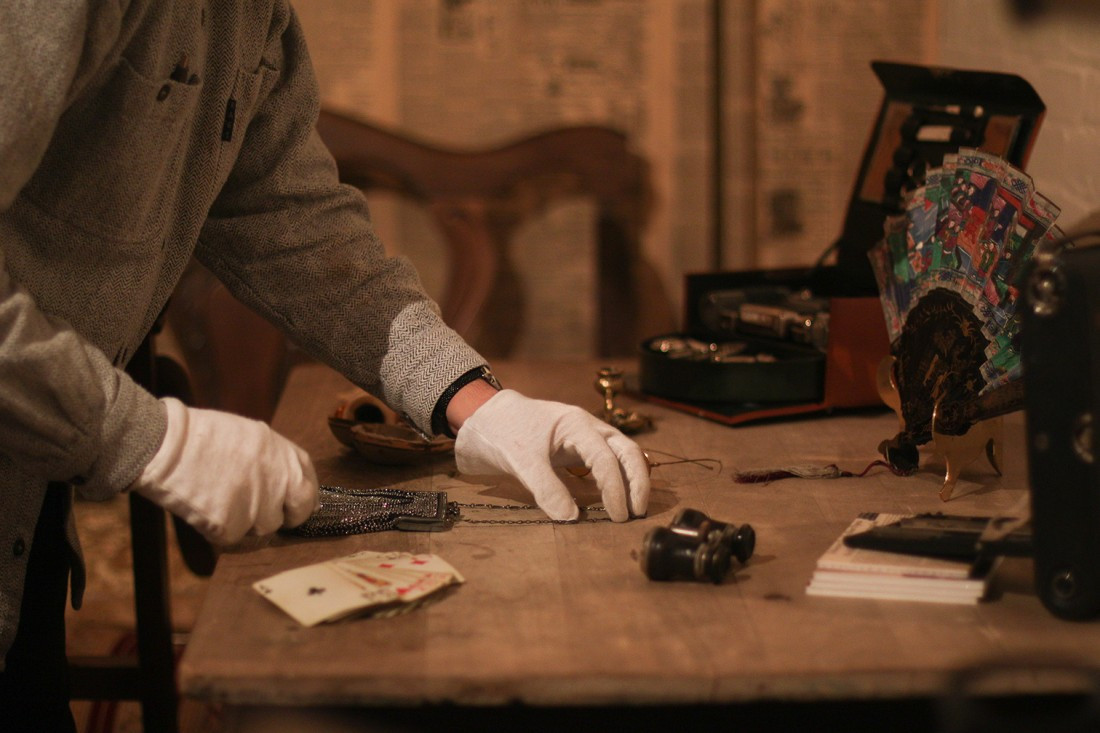
Thomas Macleod, executive director, says "Heritage buildings like Dalnavert are touchstones. They help locate ourselves in history and time."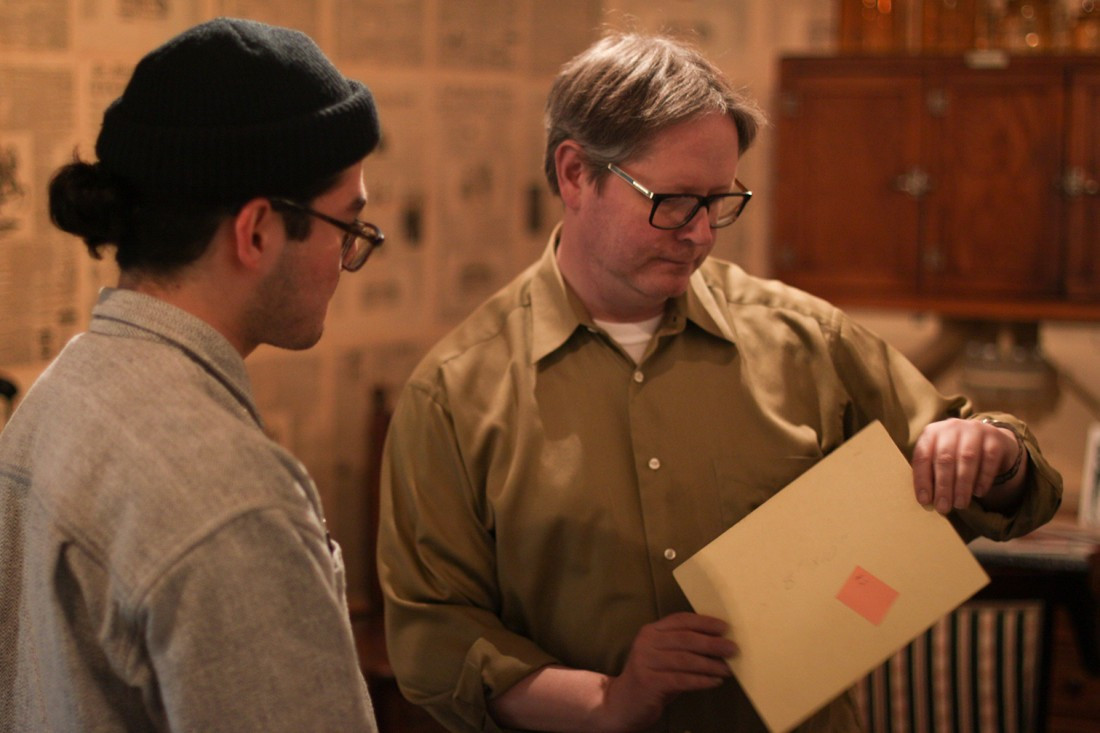
“The Solarium is my favorite room in the house. It was a place almost exclusively for women, which wasn’t common for that period in time,” Teichman says.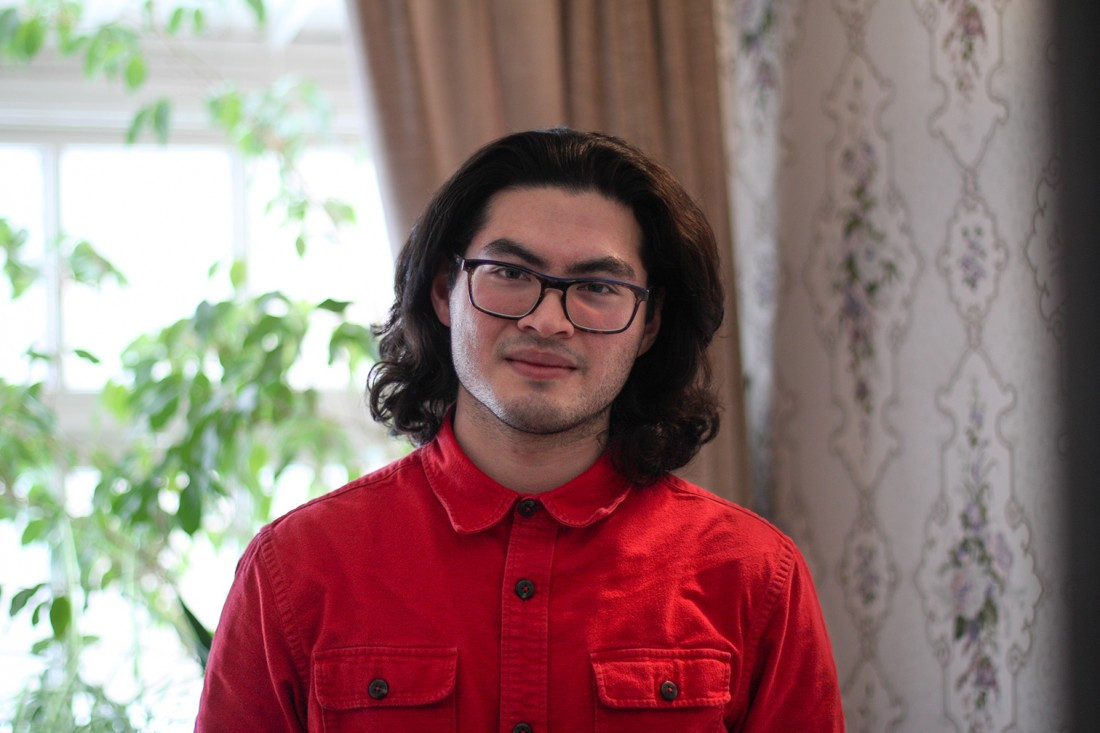
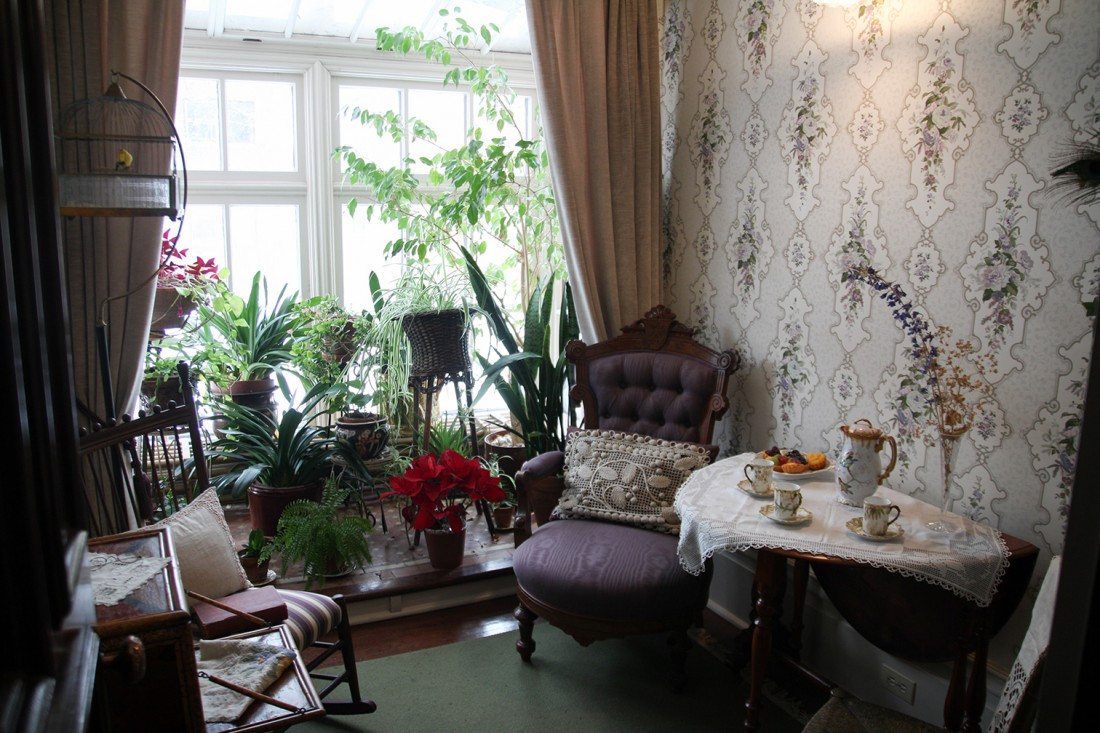
"You never know who is coming to visit the house and what impact it may have on them. It can open people up to a new interest. The people that are most taken by Dalnavert are the people who will keep doing the work of preserving local history," Bonacossa says.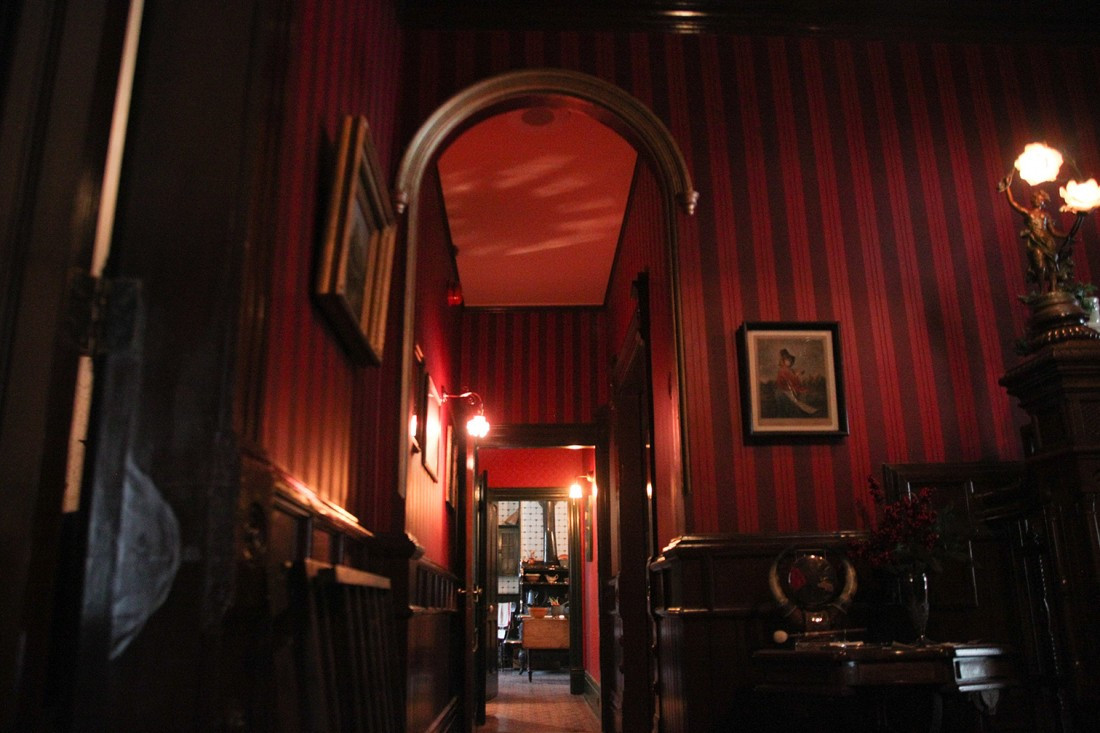
Published in Volume 71, Number 21 of The Uniter (February 22, 2017)






